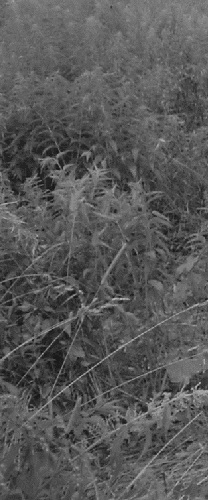Palaeolimnological methods
Taking of cores is described in especial limnological literature (see review of Smirnov, 2010). Palaeolimnological analysis is less productive without a cooperation of experts in different directions - geology, geography, chemistry, zoology and botany.
Methods of operations with animal remains in cores are described in a series of publications (General methods…, 1979; Particular methods…, 1979; Smirnov, 1978, 1984, 1986; Berglund, 1986; Szeroczyńska and Sarmaja-Korjonen, 2007). Below it is briefly represented according to Smirnov, 2010:
During taking of samples from each layer, it is necessary to take a particular (exact) volume. The samples are not preserved, they must be obligatory prevented from the drying, it is better to put them to the refrigerator (at +4-5°C), not to be frozen! Fuss sample of known volume is suspended in a known volume of water. In such case it is possible to calculate an absolute concentration of fragments in a unit of volume of the sample (Goulden, 1964; Bennike et al., 2004). Subsequently, it will be possible to make a calculation per a unit of wet weight or dried (Goulden, 1964). If an initial volume is unknown, it is possible to calculate proportions between concentrations of different remains percent. Such results are comparable for different water bodies.
Because of the grounds are quite different in their water concentration, a calculation of concentration of remains per a unit of wet ground is used (Lastochkin, 1949; Korde, 1960). For this, a portion of the sample is dispersed and stared in a measuring glass. Then let's allow for water dispersion to be settled. Next day, a volume of settled sample is noted, and just all calculations are made pet it (Matveev, 1986).
For the calculation of number of the cladoceran fragments (or remains of similar size), usually few drops of the suspension are enough to have 200 fragments necessary for an adequate estimation of the fragment number in a layer.
David Frey suggested an algorithm for study of the cladocerans in different types of water sediments (Frey, 1986, Fig. 32.2). It is recommended to clean the animal fragments from the carbonate particles using 0.1N solution of HCL, and from organic matter - by 0.1N solution of КОН with the heating. Burning of the organic matter by alkali is applicable only for some types of water bodies. Such development could be associated with a significant lost of fragments, thickening of remained fragments and formation of the flakes, interfered any calculations. After such treatment, remains of the planktonic cladocerans, i.e. Daphnias, become to be less distinctive, and the calculation of the fragment number after the alcali development gives smaller densities as compared with non-developed ground (Matveev, 1986).
If the fragments are non numerous, it is necessary to condense the material by filterion one through a sieve (Goulden, 1966; Sarmaja-Korjonen, 2002). But it is necessary to check the material passed through the sieve on presence/absence of small-sized fragments.
In case of numerous fragments, a satisfactory calculation is possible for a slide on which a sample is distributed by a very thin layer, where particles are located at a distance one from another. It is necessary to be sure that the detritus lumps do not contain any chitinous fragments. To prevent evaporation, it is necessary to add few drops of glicerol. Both semi-permanent preparation and permanent slides could be used.
Using such method, some portion of fragments could not be adequately studied, but such economy of time compensates lost of fragments due to treatment if different media, sieving and other pre-treating operations. Most fragments are of light-brown color, but they could be additionall stained i.e. in red by safranin (Szeroczyńska and Sarmaja-Korjonen, 2007).
Exoskeleton is subdivided into several portions, i.e. valves, head shield etc. (Sebestyén, 1965). It is better to recognize each fragment as a minimal unit for calculation (Megard, 1964; Whiteside and Harmsworth, 1967; Whiteside, 1969; Смирнов, 1978). The idea "to reconstruct" a specimen from different fragments (for example, two valves and a head shield in case of Bosmina) is unrealistic: different fragments never form natural proportions, in reality, some types of the fragments could be more numerous than others. Sometimes just most usual fragments, for example valves, are counted (Hofmann, 1978).
Obtained information is illustrated by some graphs, generalized or representing particular groups, and then analysed using different statistical methods.



